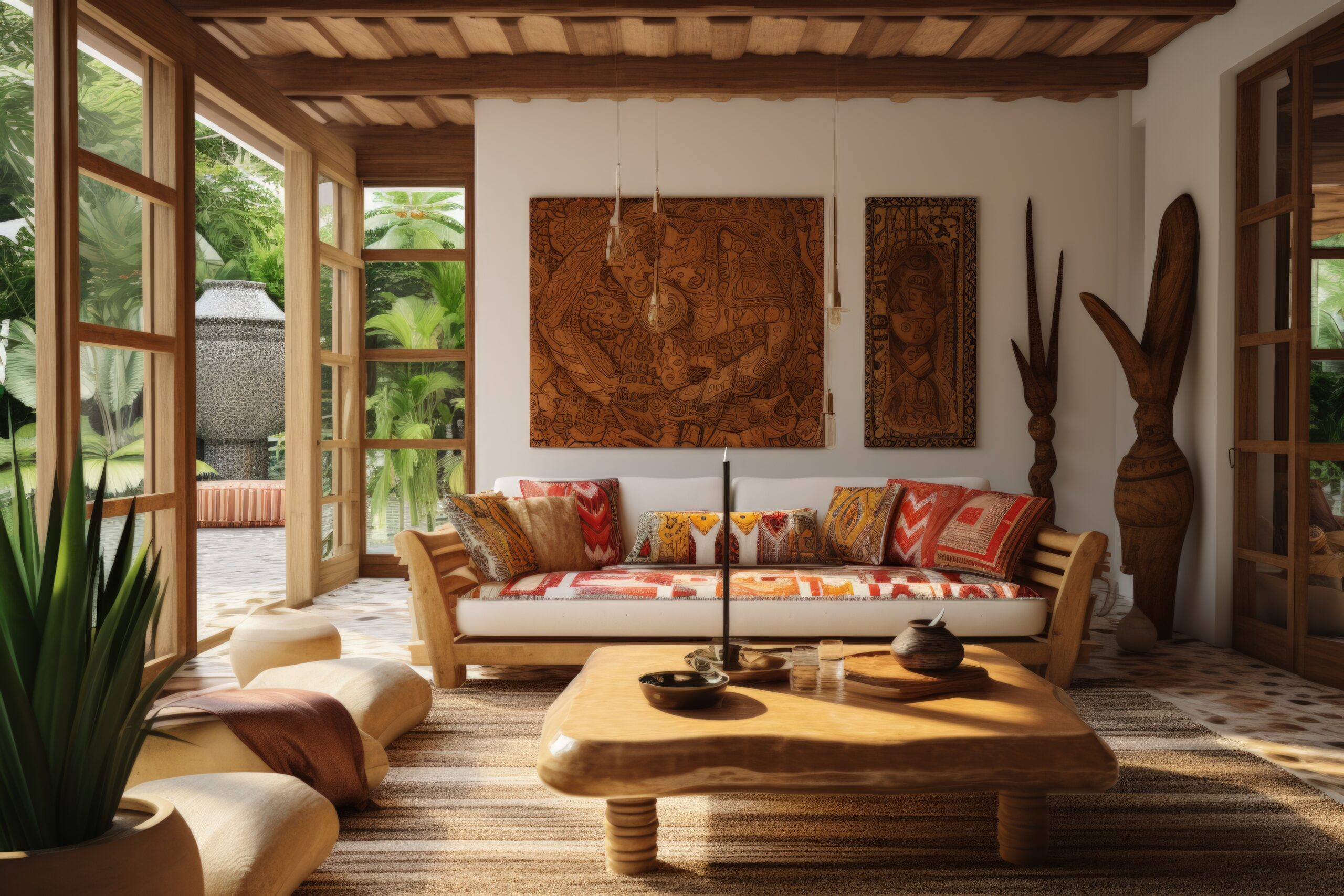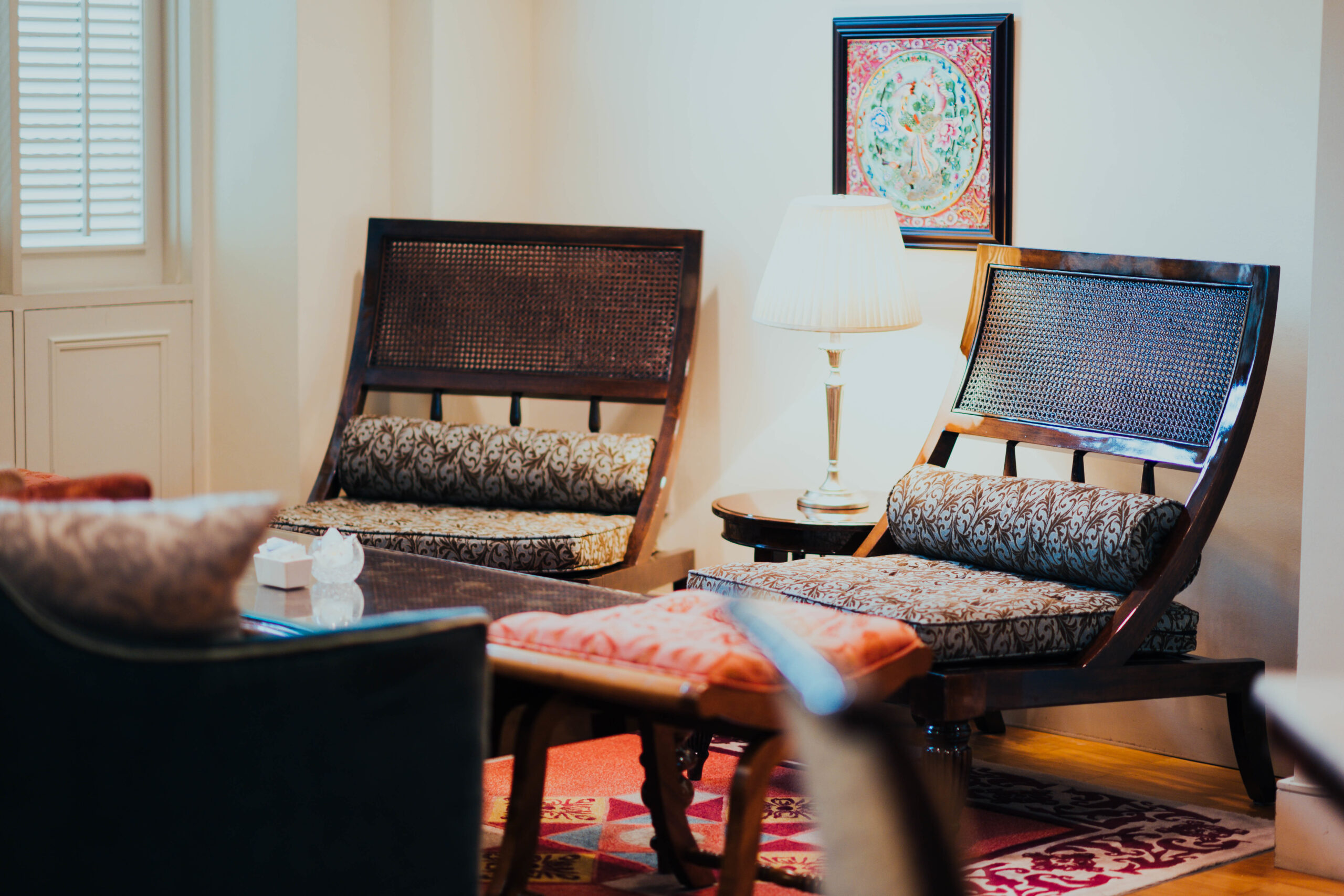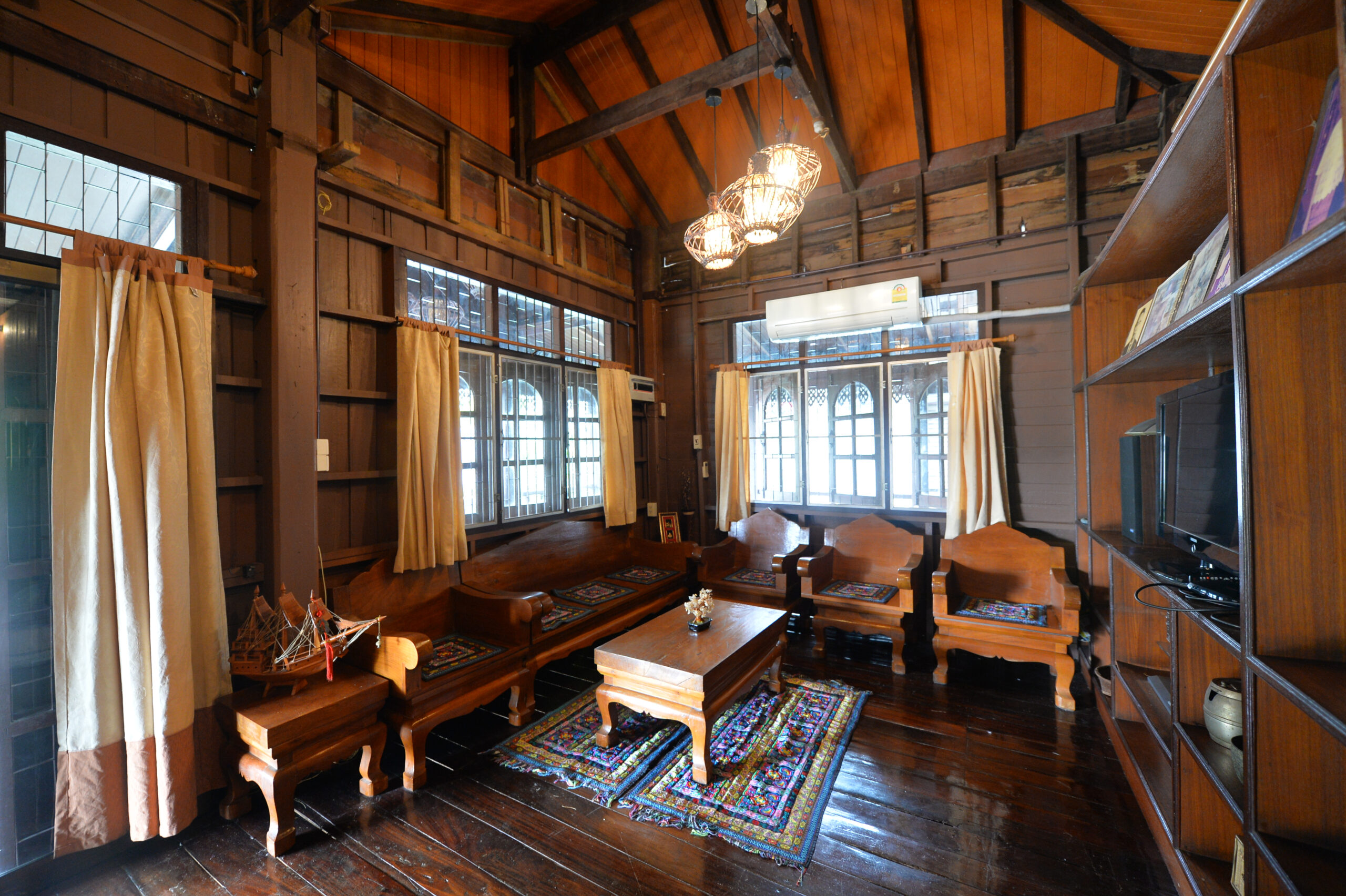Traditional Malay elements encompassing the culture of the community can be brought into a home design and aesthetics easily. There are many elements that home owners can introduce to bring in the traditional Malay culture. Listed below are some of the best ways for home owners to do so.
Traditional Malay Elements 1: Vernacular Materials
Including regional materials is among the most successful approach to combine contemporary architecture in Johor homes with classic Malay aspects. Malay homes traditionally were built using natural, locally sourced materials like timber, bamboo, woven rattan, and attap (palm leaves).
Chosen for their abundance but also for their fit to the tropics, these substances added These vernacular materials can be reinterpreted to match a modern look while yet keeping their cultural significance in current house design. While rattan can be included into bespoke furniture or ornamental panels to provide texture and warmth, wood may be used in elegant vertical slat designs for walls or ceilings. Keeping environmental awareness, bamboo can function as biodegradable fencing or shading components.
Combining these traditional materials with contemporary treatments like polished concrete, glass, or steel produces a rich contrast that seems both grounded and sophisticated. Furthermore, using locally obtained materials encourages sustainable construction techniques and helps regional workmanship.
Increasingly investigating this synergy, architects and designers in Johor are creating dwellings that respect heritage without compromising modern comfort and utility. The outcome is a home that feels timeless yet modern, resonates with heritage, links to the local surroundings, and celebrates the beauty of natural textures thereby defining a uniquely Malaysian house identity.
Traditional Malay Elements 2: Carvings And Motifs

Decorative carvings and motifs provide one of the most unique approaches to combine modern architecture with classic Malay features in Johor homes. Originated in centuries of handmade workmanship, traditional Malay carvings often include elaborate floral, vegetal, and geometric motifs representing spirituality, harmony, and nature.
Normally placed on wooden window frames, doors, and railings, these carvings may be reinterpreted in modern houses using creative materials and simple designs. Offering both visual appeal and functional ventilation, for instance, laser-cut steel or aluminium panels with traditional designs may be used as room dividers, ventilation screens, or perhaps outside façade components. Ceiling panels and wall cladding with subdued carved designs can give visual appeal and texture without overpowering the sleek lines of contemporary design.
@ampquartzcabinets Boleh dah share video ni kat En Shuben nak buat hidden storage untuk dapur korang 🫣 #Ampquartz #hiddenstorage #kabinetdapur #fyp #fypage #pov
♬ original sound – AmpQuartz – AmpQuartz
Motifs drawn from awan larat (scroll-like patterns) or pucuk rebung (bamboo shoot designs) can also be converted into tile designs, etched glass, or fabric prints employed in curtains or upholstery. The solution lies in the balance, respecting Malay design's creativity while modifying it to fit the neat, roomy feel of modern interiors.
These elements help to create a vivid sense of place and cultural identity, so transforming a contemporary Johor house into a tribute to heritage with an optimistic look. By carefully including these elements, homeowners can enjoy the beauty and utility of modern living while retaining the character of classic Malay construction.
Traditional Malay Elements 3: Landscape Integration
A wonderful and efficient approach to combine traditional Malay components with modern architecture in Johor homes is through landscaping design. Reflecting the balance between human life and nature, traditional Malay homes often have rich settings rich with tropical plants like frangipani, pandan, banana trees, and hibiscus, which also offer shade.
Homeowners can design garden layouts that reflect these ancient plant selections while yet upholding a neat and orderly look in order to include this into contemporary houses. For instance, modern materials are balanced with natural beauty by elegant concrete or stone pathways that wind through gardens full with native plants.
Minimalist water elements or gravel beds can help courtyards and inner gardens influenced by the traditional Malay halaman (yard) be reworked to provide peaceful and aesthetic appeal. Overlooking these areas, raised decks or patios provide a contemporary reinterpretation of the traditional serambi (veranda) and promote outdoor connection. Reflecting the wealth of vegetation seen in kampung environments, smaller urban houses may also include vertical gardens or green walls.
These environments kept the cultural identity of conventional Malay homes and required less upkeep by using native plants that flourish in Malaysia's surroundings. The outcome is a calm setting that harmonises modern living with cultural legacy — an ideal balance for today's Johor homeowners who want a closer sense of place while accepting sleek, modern design.
Traditional Malay Elements 4: Cultural Accents In Decor

Including cultural accents in decor is among the most graceful and personal means to combine modern architecture in Johor homes with classic Malay features. Modern interiors benefit from these accents' depth, narrative, and sense of identity without overpowering the space.
Not only in traditional clothing but also as framed wall art, pillow covers, or even as fabric wall panels, songket or batik textiles provide a modest but strong statement. Rich in history and complex patterns, these handwoven works provide cultural continuity and visual appeal. On modern shelves or simple console tables, classic ceramics and pottery sometimes decorated with designs influenced by fauna and flora can help to highlight bringing some legacy into modern architectural spaces, carved wood panels with traditional Malay floral or geometric designs can be used as headboards, room dividers, or wall accents.
@ampquartzcabinets Smart details can bring you a smart kitchen 😎 Best kan kalau dapur macamni? #Ampquartz #smartkitchen #cabinetmaker #fyp #fypage
♬ original sound – AmpQuartz – AmpQuartz
Even simple objects like handwoven mengkuang baskets or handmade trays can honour workmanship and serve as decoration. Modern materials like brushed metal or frosted glass allow lighting fixtures to also draw motivation from traditional lanterns or pelita.
Thoughtfully mixing these cultural components will help homeowners strike a happy medium between innovation and nostalgia. This method honours the Malay legacy and shows a sophisticated design sensibility matching modern tastes, therefore producing a warm, meaningful, and very Malaysian living environment in the centre of Johor.
Traditional Malay Elements 5: Interior Palette And Textures
The careful choice of interior colours and textures is among the best methods to combine classic Malay components with modern architecture in Johor houses. Rich, natural colours drawn from nature define classic Malay settings; these include warm teak wood, deep browns, subdued greens, and terracotta tones. These hues mirror Malaysia's tropical surroundings and provide a warm, grounded mood.
Homeowners can combine these natural hues with neutral tones like white, beige, or soft grey to modernise this appearance while respecting its roots, therefore bringing a minimalist elegance to the area. This fusion also much depends on texture. Including traditional materials such rattan, timber, and woven textiles in furniture, accent walls, or ceiling treatments helps to maintain cultural authenticity.
For a more modern look, these classic textures can be combined with sleek surfaces like glass panels, matte black fittings, or polished concrete. For example, an elder modern rattan pendant light above a quartz kitchen island marvellously combines the past and present. Subtle touches such as batik or songket-inspired throw pillows, wall hangings, or upholstery can elegantly and modernly incorporate ethnic motifs via accenting.
Here, custom improves rather than overpowers contemporary design, resulting in a balanced interior that feels both modern and ageless. This deliberate mix of colours and materials not only gives the house depth and personality but also honours Johor's rich history in a contemporary living setting.





